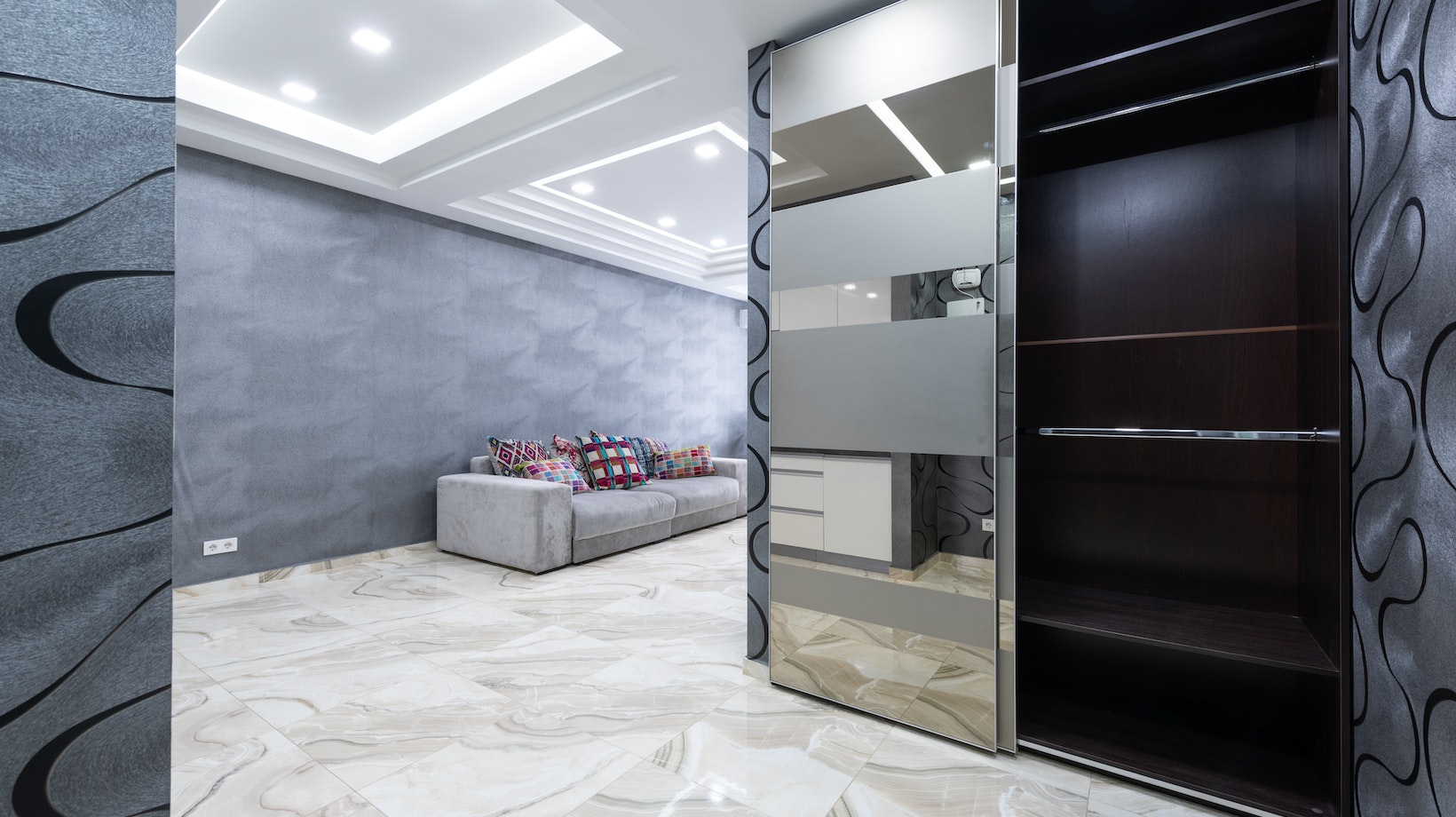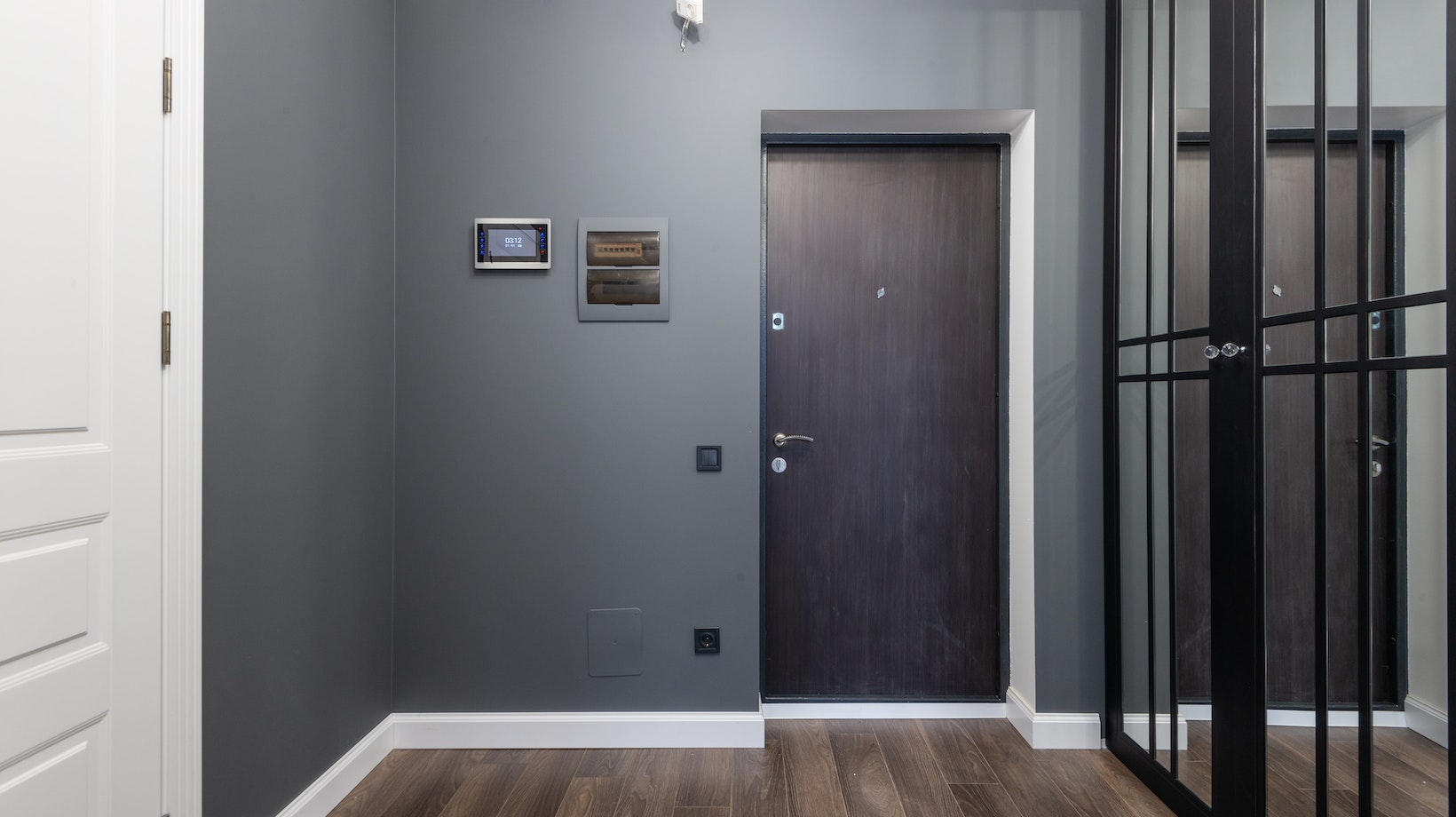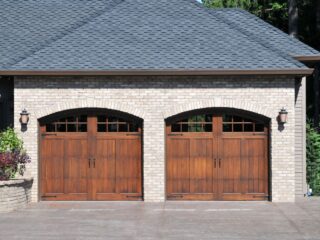
Hallway Closet Doors
One of the key benefits of hallway closet doors is their ability to maximize storage space. With the right design and configuration, these doors can help create organized compartments for storing coats, shoes, linens, cleaning supplies, and other household items. Utilizing every inch of available space behind the doors lets you keep your hallway clutter-free and maintain a neat living environment.
In addition to their functionality, hallway closet doors can enhance your home’s overall design. They come in various materials such as wood, glass, mirrored panels, or even decorative patterns that can add visual interest and complement your existing decor style. Whether you prefer a modern minimalist look or a more traditional aesthetic, there’s a wide range of door designs and finishes.
Different Types of Hallway Closet Doors
Hallway closet doors come in various styles, each with its unique features and advantages. Here are some popular options to consider:
- Sliding doors: Sliding doors are a common choice for hallway closets as they save space by gliding along a track instead of swinging open. They provide a sleek and modern look while offering easy access to your belongings.
- Bifold doors: Bifold doors consist of two panels that fold together when opened. They are ideal for narrower hallways where traditional swinging doors may not be practical. Bifold doors offer flexibility and can be customized with different materials and finishes.
- French doors: If you want to add elegance and charm to your hallway, French doors might be the perfect choice. These double-hinged doors feature glass panels that allow natural light to flow through while providing a sophisticated touch.
Consider the layout and dimensions of your hallway when selecting the type of door that will best suit your needs.

Factors to Consider When Choosing Hallway Closet Doors
In addition to considering the type of door, several other factors should influence your decision-making process:
- Space availability: Measure the space in your hallway before choosing a door style. Ensure enough clearance for swinging or sliding without obstructing furniture or traffic flow.
- Material selection: Selecting the right material for your closet door is crucial in terms of durability, maintenance, and overall aesthetic appeal. Common materials include wood, glass, metal, or even composite materials that offer a blend of durability and affordability.
- Design cohesion: Consider the overall design style of your home and try to choose closet doors that complement the existing decor. Whether you prefer a rustic, modern, or traditional look, finding doors that align with your aesthetic vision will enhance the overall appeal of your hallway.
When it comes to installing hallway closet doors, there are a few steps you’ll need to follow. Whether you’re replacing old doors or installing new ones, this process can be tackled with some basic tools and patience. Here’s a breakdown of the installation process:
- Measure and prepare: Start by measuring the height and width of your closet opening. This will help you determine the size of the doors you’ll need. Make sure to account for any trim or molding that may affect the measurements.
- Choose the right doors: Consider material, style, and functionality when selecting your hallway closet doors. Popular options include sliding doors, bi-fold doors, or traditional hinged doors. Pick something that suits your space and personal taste.
- Remove old doors (if applicable): If replacing existing closet doors, remove them carefully using a screwdriver or drill to unscrew any hinges or tracks holding them in place.
- Install hardware: Depending on the type of door you have chosen, install any necessary hardware, such as tracks, hinges, handles, or knobs, according to the manufacturer’s instructions.
- Hang the doors: With assistance, if needed, hang each entry in its designated location using screws provided with the hardware kit. Ensure they are level and properly aligned before tightening all screws securely.
Remember that every installation may vary depending on door type and manufacturer instructions; therefore, always refer to specific guidelines for your chosen product.





